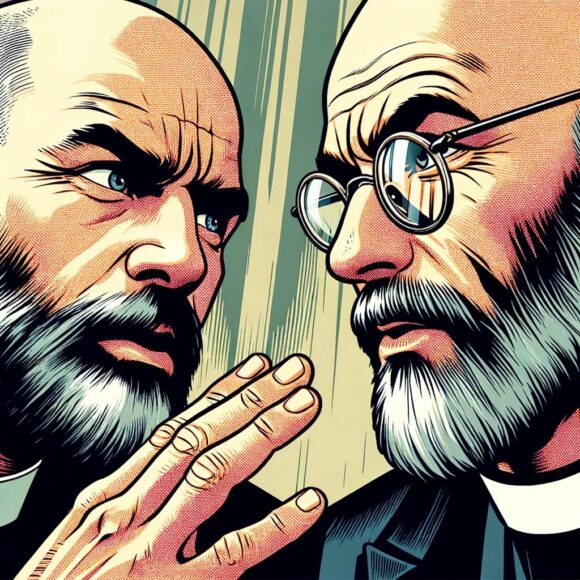The Development of Canonized Scripture

Without agreement about the nature and composition of canon – the list of inspired scriptures – the confusion between doctrine and heresy cannot be bridged. According to the Center for the Study of Global Christianity, there are more than 200 Christian denominations in the U.S. and a staggering 45,000 globally. As believers debated the scriptures and sacraments, churches formed and split based on myriad biblical interpretations, ways of worship and organizational structures.
The formation of the New Testament canon was a gradual process that unfolded over several centuries. While there’s no single definitive date, there were important milestones. Early Christian communities used various writings, but a core of four Gospels (Matthew, Mark, Luke, John) and letters by Paul were widely accepted by the 2nd century. Lists like the Muratorian Fragment (late 2nd century) suggest a solidifying collection. In 367 CE, Athanasius, Bishop of Alexandria, sent out a letter proposing the books in the Old Testament and twenty-seven books to be included in the New Testament. Church councils in the following century – Hippo (393 CE) and Carthage (397 CE – subsequently affirmed the 27 books we recognize today. This process considered factors like apostolic authorship, widespread use by churches, and theological consistency with established doctrine.
What to Believe and Teach
In the earliest days of Christianity, the neatly defined biblical canon we know today did not exist. The Hebrew Scriptures – what Christians later called the Old Testament)- were widely recognized by Jewish communities, but authoritative writings about the new Messiah were still developing.
Early Christians revered the teachings of Jesus, but they circulated initially in oral form; copies of letters written by apostles and witnesses were not generally available before the end of the century and competed with other texts of disputed authority and overt apostacy.
Without a fixed canon, the first Christians grappled with defining what they believed and who held authority to interpret Scripture. Disputes arose over the legitimacy of certain texts and the interpretation of Jesus’ teachings. The early Christian Church operated in a dynamic and often contentious religious environment.
Without a set canon, church leaders relied on apostolic tradition, theological reasoning, and the established practices of the community to guide their understanding of faith. Groups like the Gnostics , Ebionites, and Marcionites (the latter two appearing at the end of the century) emerged with significantly unorthodox views of Christianity, posing a challenge to mainstream believers.
The Church Fathers, theologians and writers of the first few centuries, were pivotal in developing Christian orthodoxy. Their task was twofold: to defend the true faith and to establish a recognizable core of authoritative texts. They relied on several key principles:
- Apostolic Succession: The Church Fathers believed that the teachings of Jesus were preserved through the apostles and their successors. This established a chain of authority stemming from the original founders of Christianity.
- The Rule of Faith: They attempted to define and maintain the foundational Christian beliefs passed down from the apostles. The principles served as a guide for interpreting potential scriptural texts.
- The Usage of the Church: Texts widely accepted, read, and used within early Christian communities held significant weight in shaping the canon.
